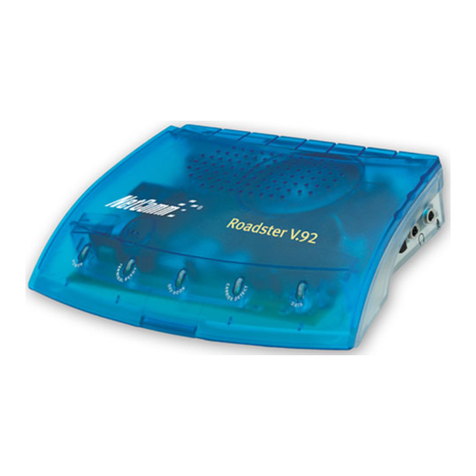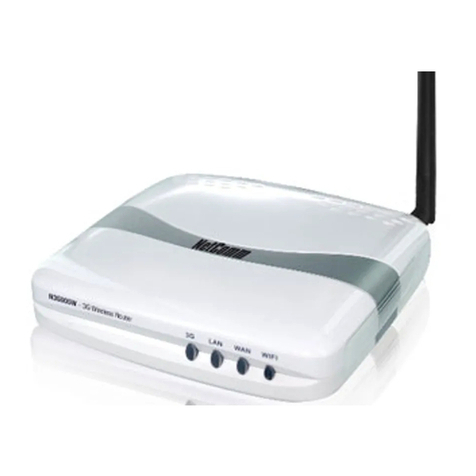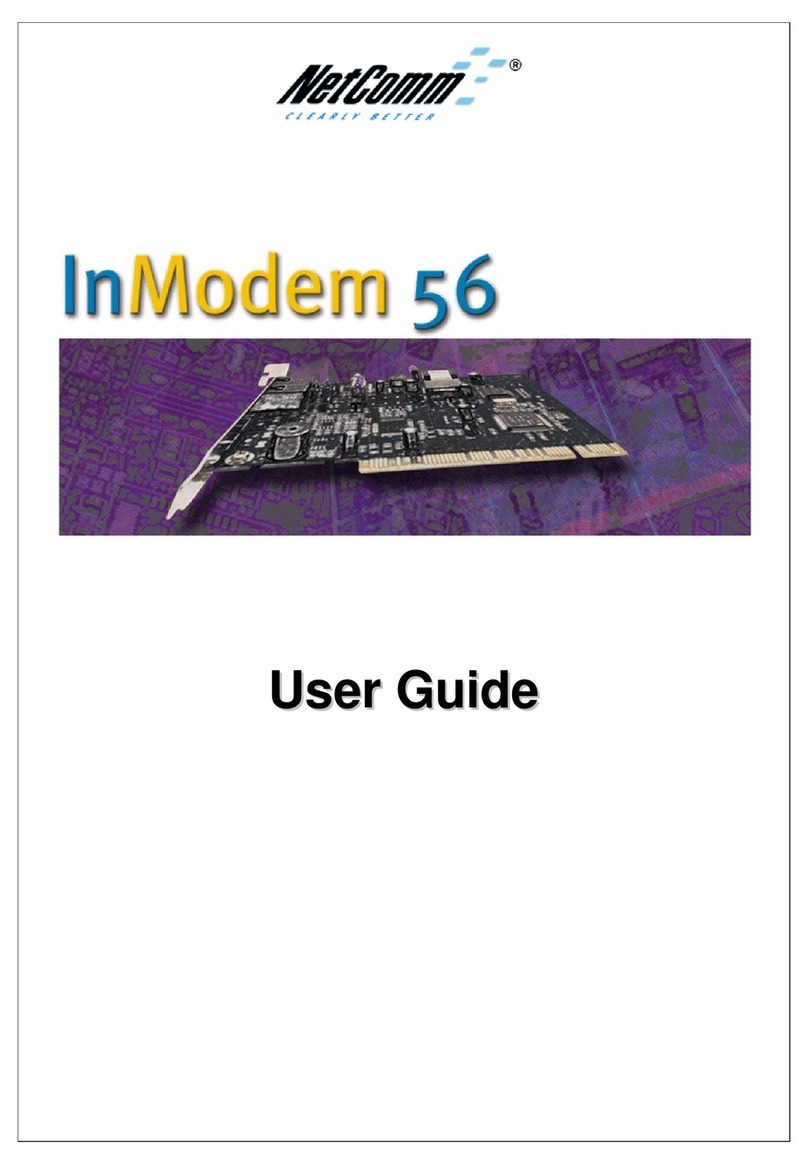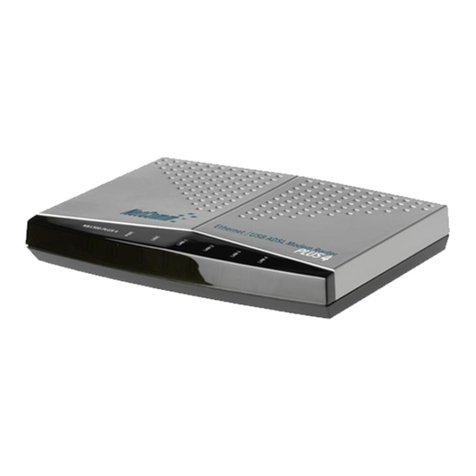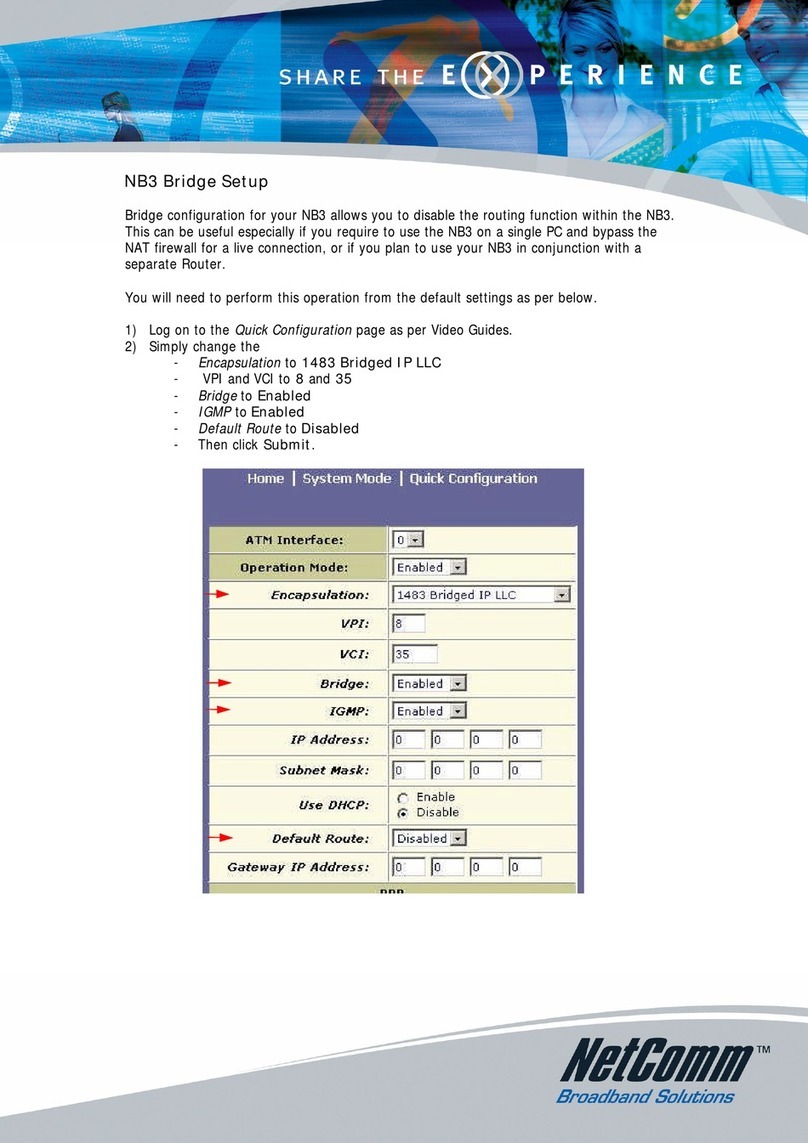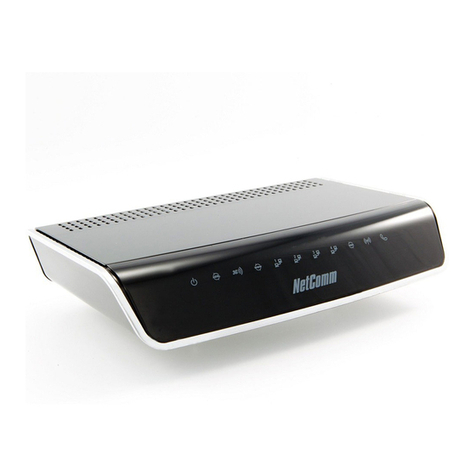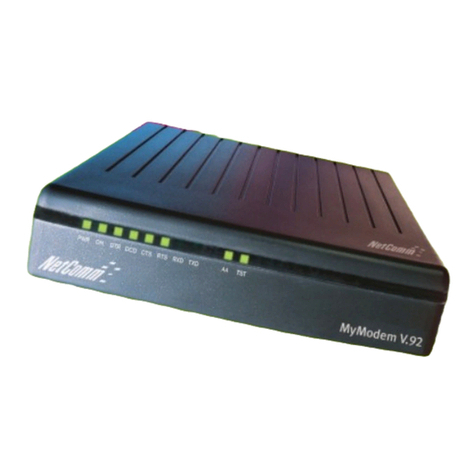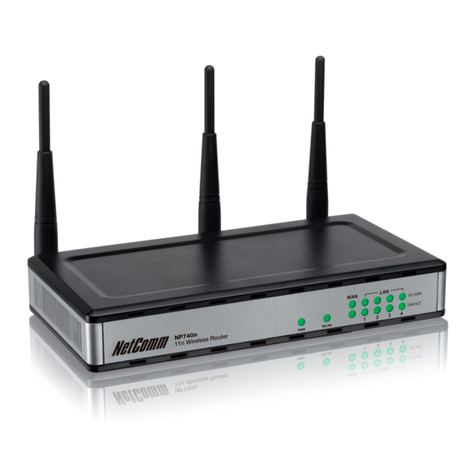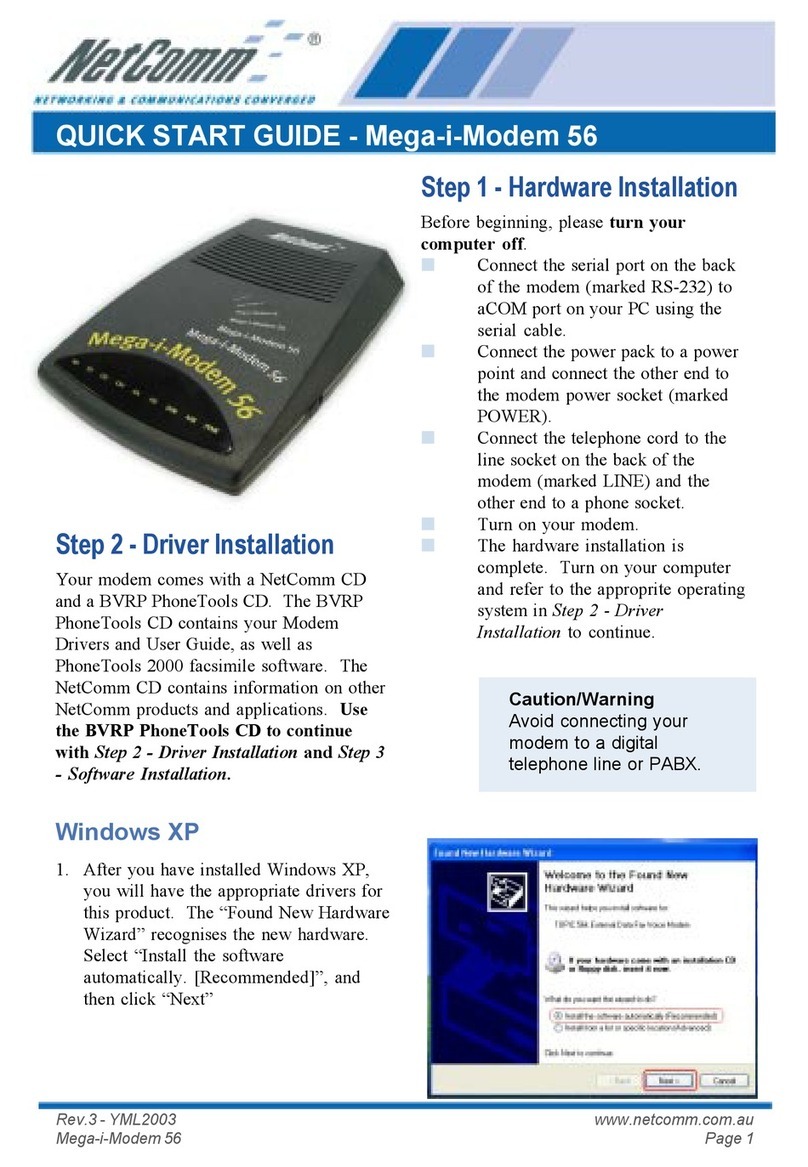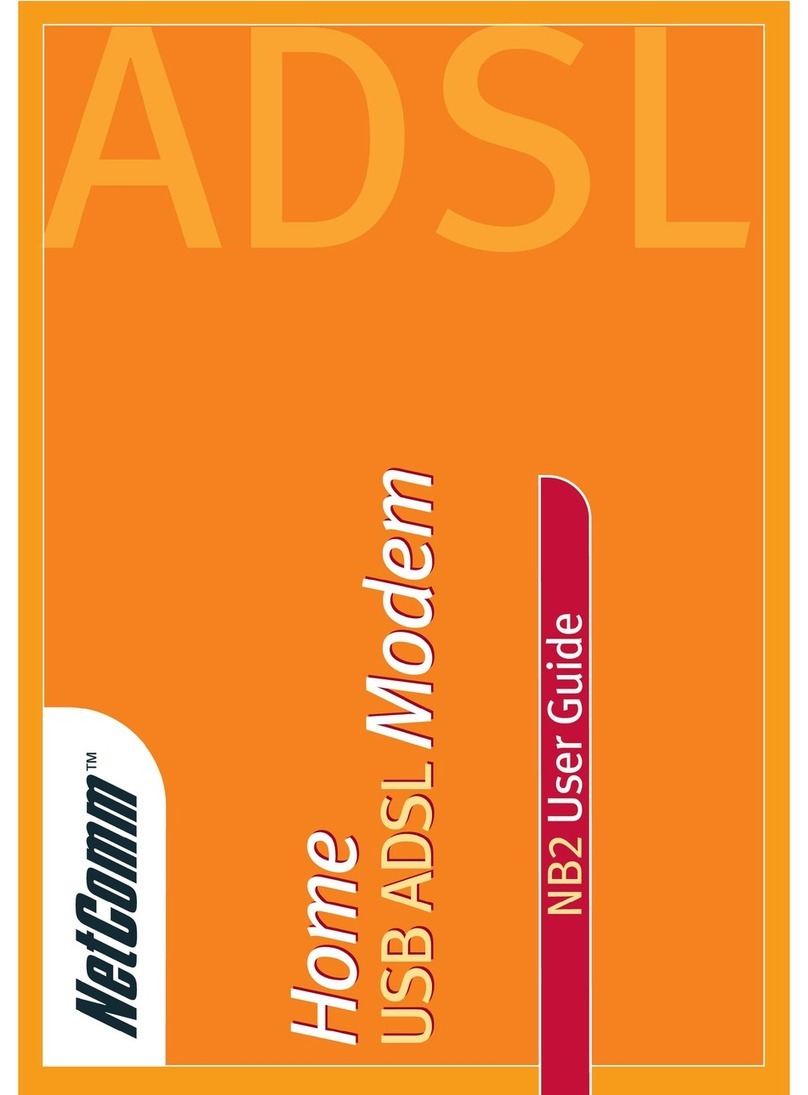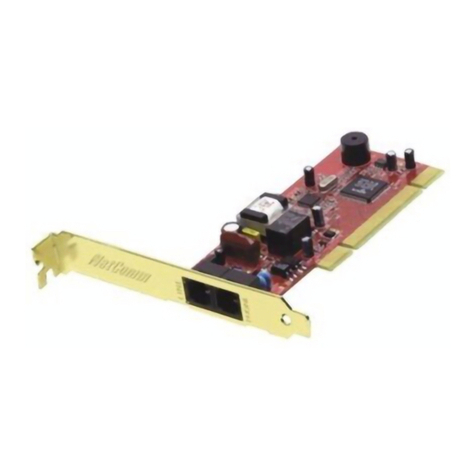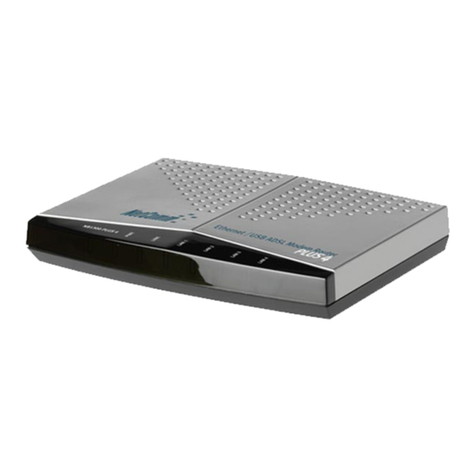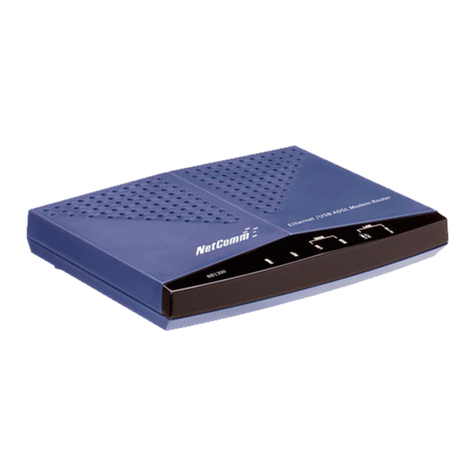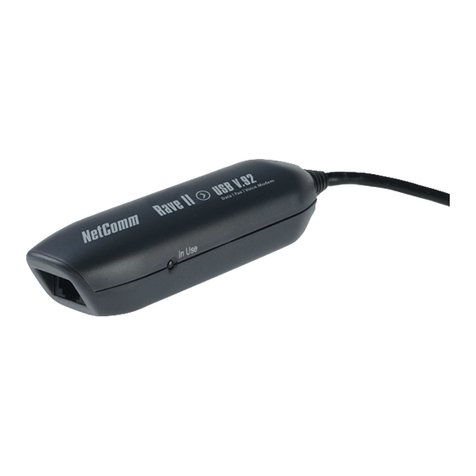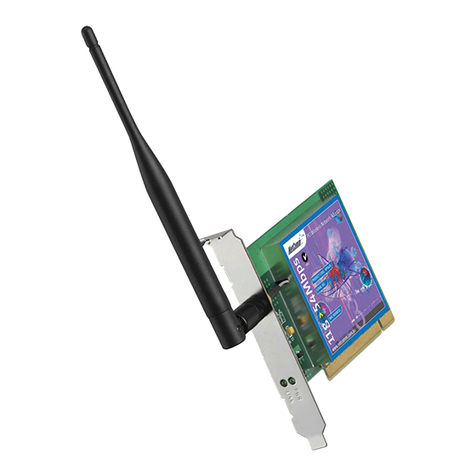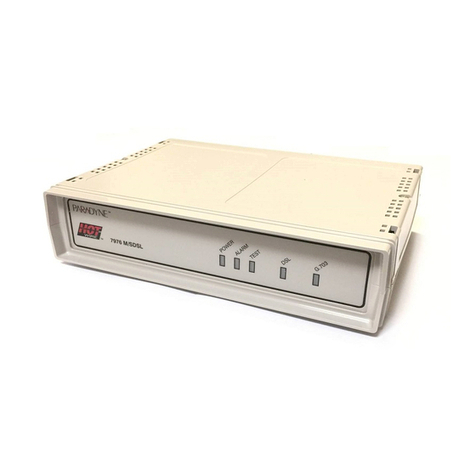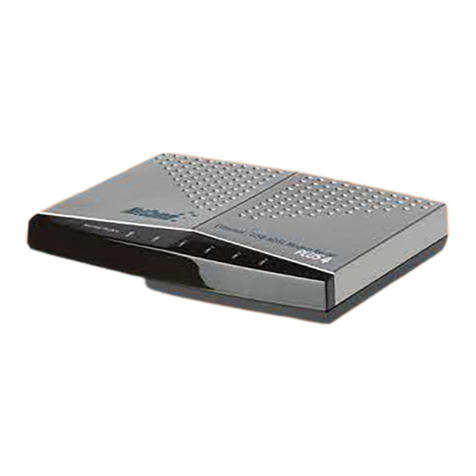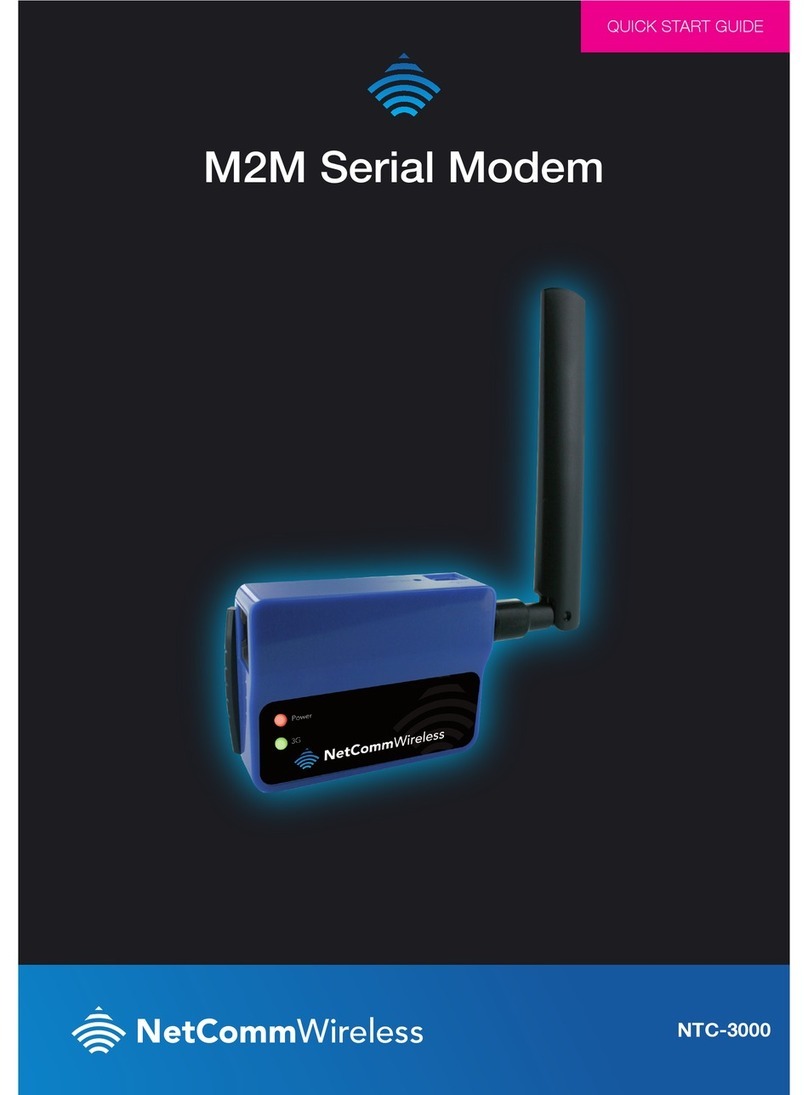SMS diagnostics and command execution configuration
The options on this page are described below.
Enable remote diagnostics and command execution
Enables or disables the remote diagnostics feature. If this setting is enabled all incoming text messages are parsed and tested for remote
diagnostics commands.
If remote diagnostics commands are found, the router executes those commands. This feature is enabled by default. All remote diagnostic
commands that are received are stored in the Inbox.
Note: It is possible to adjust settings and prevent your router from functioning correctly using remote diagnostics. If this occurs, you will
need to perform a factory reset in order to restore normal operation.
We highly recommended that you use the white list and a password when utilising this feature to prevent unauthorised access. See the
White list description for more information.
Only accept authenticated SMS messages
Enables or disables checking the sender’s phone number against the allowed sender white list for incoming diagnostics and command execution
SMS messages.
If authentication is enabled, the router will check if the sender’s number exists in the white list. If it exists, the router then checks the password (if
configured) in the incoming message against the password in the white list for the corresponding sending number. If they match, the diagnostic or
command is executed.
If the number does not exist in the white list or the password does not match, the router does not execute the incoming diagnostic or command in
the SMS message.
This is enabled by default and it is strongly advised that you leave this feature enabled to maintain security.
Send Set command acknowledgement replies
The Vodafone MachineLink 4G router will automatically reply to certain types of commands received, such as
get
commands, or
execute
commands. However acknowledgement replies from the Vodafone MachineLink 4G router are optional with
set
commands and the
Wakeup
command. This option Enables or disables sending an acknowledgment message after execution of a
set
command or SMS Wakeup command. If
disabled, the router does not send any acknowledgement after execution of a
set
command or SMS Wakeup command. All acknowledgment
replies are stored in the Outbox after they have been sent. This can be useful to determine if a command was received and executed by the router.
This option is disabled by default.
Access advanced RDB variables
By default, this option is turned on and allows access to the full list of RDB variables via SMS. When it is turned off, you are only allowed access to
the basic RDB variables listed later in this guide.
Allow execution of advanced commands
By default, this option is turned on and allows execution of advanced commands such as those which are common to the Linux command line. For
example: “execute ls /usr/bin/sms*” to list the contents of the /etc folder on the router.
When it is turned off you are only allowed to execute the basic commands listed later in this guide.
Send acknowledgement replies to
This option allows you to specify where to send acknowledgment messages after the execution of a
set, get,
or
exec
command.
